See the Bauhaus Come to Life at Performa, New York’s Performance Biennial
Biennial founder Rose Lee Goldberg talks about this year’s edition, which spotlights the 100th anniversary of the groundbreaking German art and design school with 20 poignant commissions

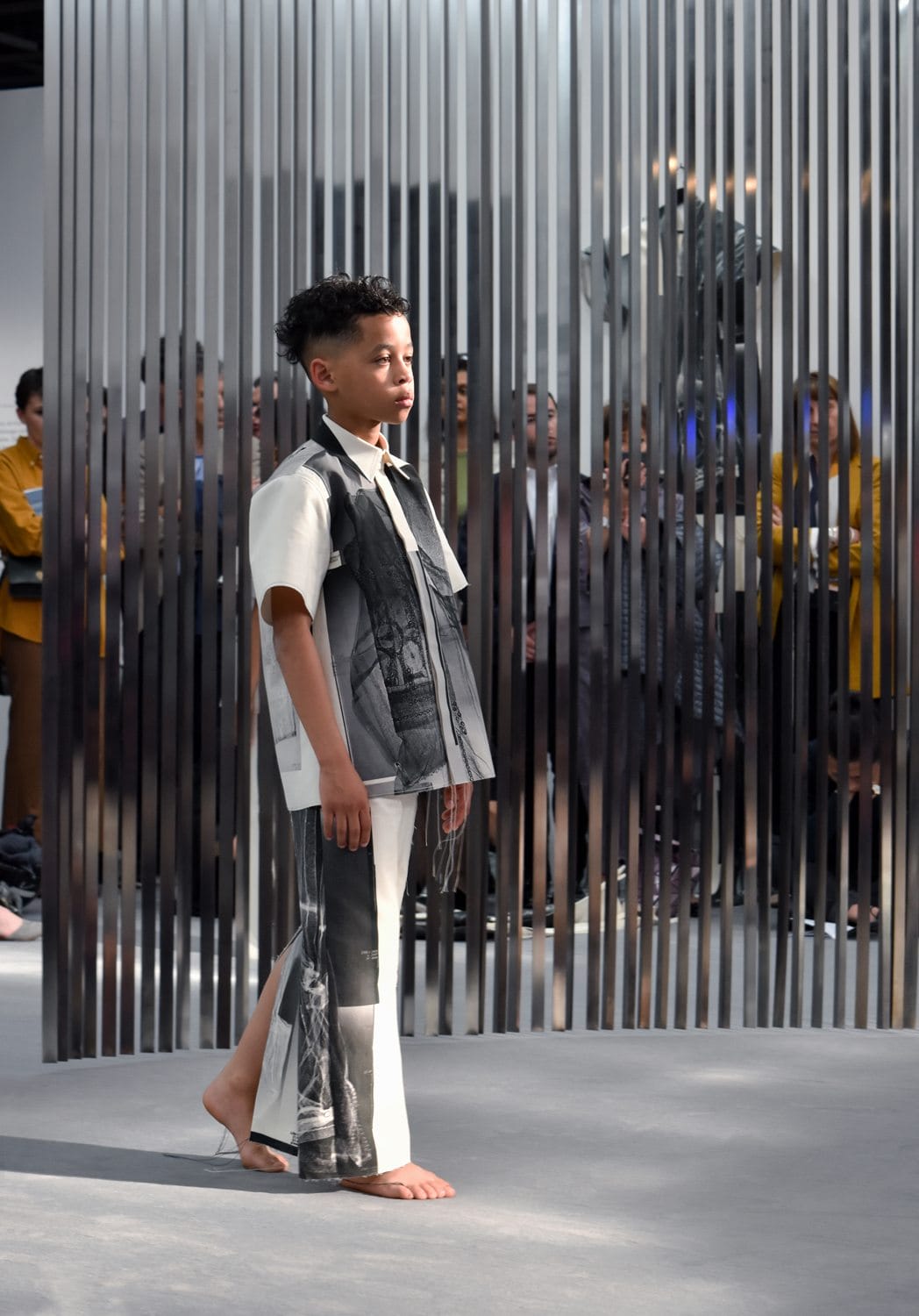
This year’s edition of Performa, the biennale dedicated to New York performance art now in its eighth iteration, celebrates the centennial of the Bauhaus in Weimar, the first art and architecture school to be conceived from the start with a performance workshop at its heart. While most Bauhaus exhibitions in recent decades have concentrated on architecture, Performa underlines the role of performance and play as much as the polemical and pedagogical aspects of the innovative school.
Participating artist Kia LaBeija, for example, took inspiration from one of the most famous Bauhaus pieces, Oskar Schlemmer’s Triadic Ballet, a composition in which dancers move in futuristic costumes to music by Paul Hindemith. Her work is among 20 newly commissioned works Performa is debuting across multiple locations, all of which are designed to raise questions of what it means to be an artist today.
Here, Galerie talks to the legendary artistic director and founder Rose Lee Goldberg about Performa 19, which runs through November 24.
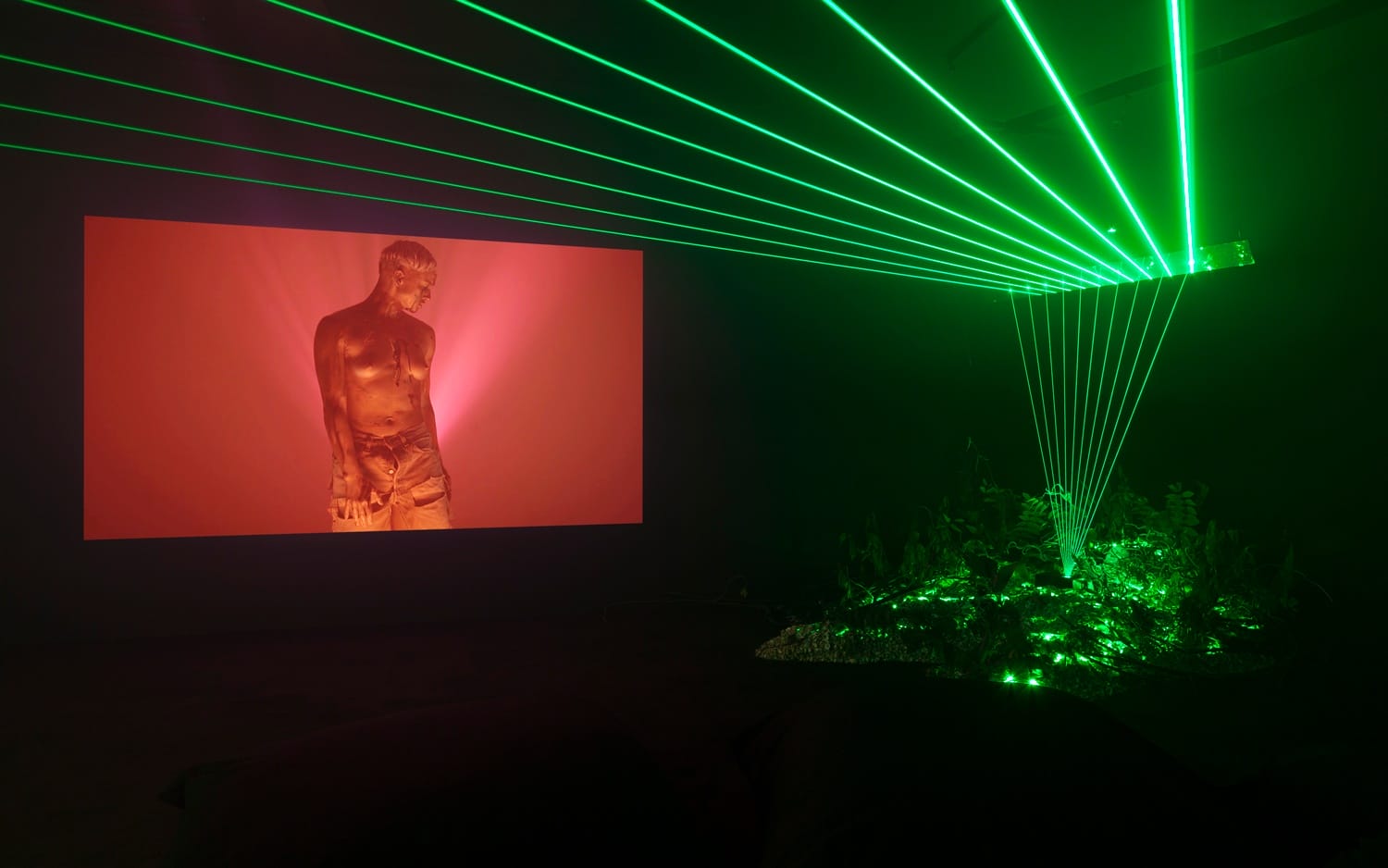
How is the current social and political climate different from years past?
This edition takes place as we are living through the most disturbing upheavals in every imaginable category of society: politics, geography, and environment. A time when nationalism is raising its furious fist at democracy, concern for human rights has been abandoned by some political establishments, when race and class are used as cudgels to manipulate and foment social disorder, and when the surveillance of every person removes all personal barriers.
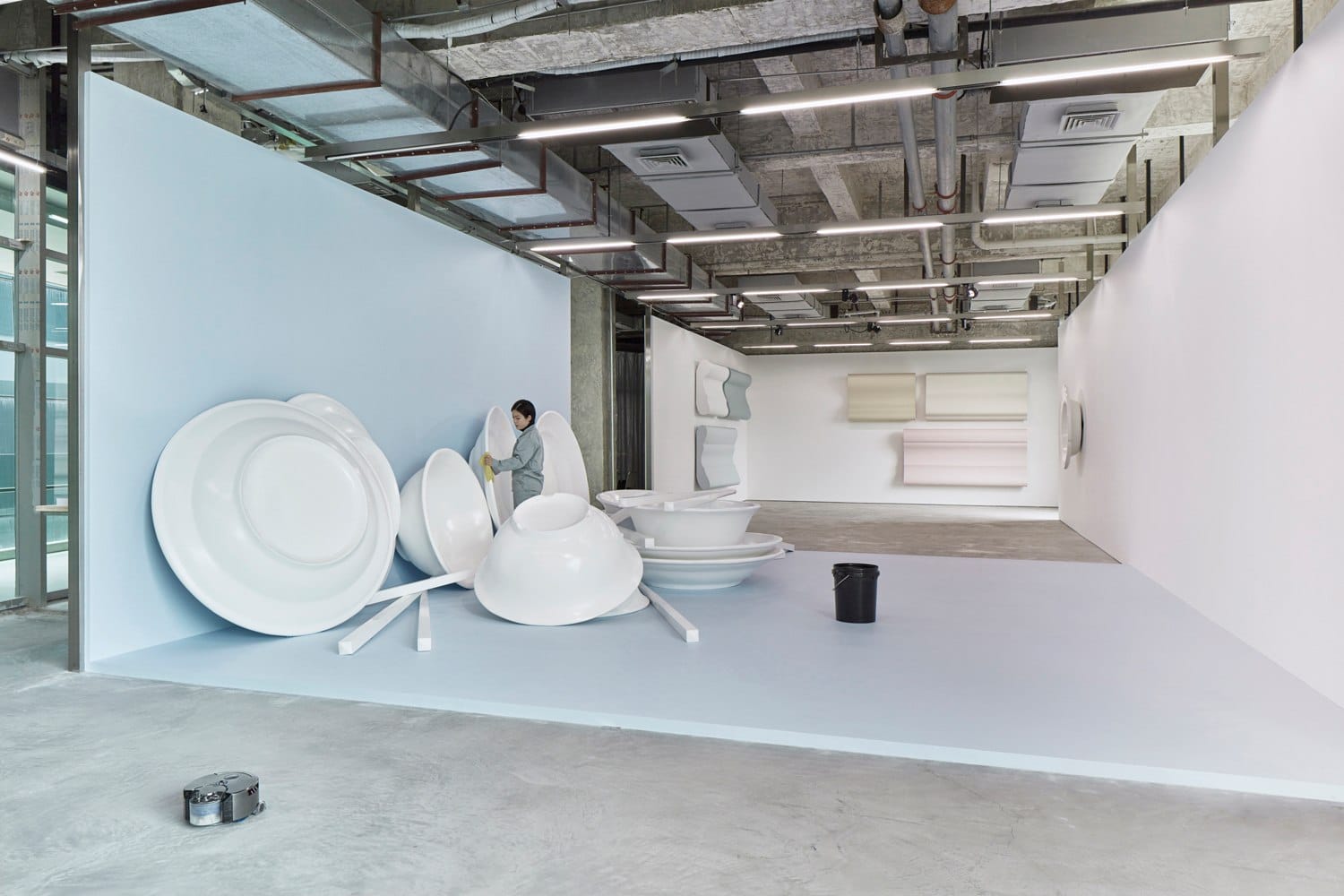
Is there a thread that ties together this year’s works?
As this iteration of the biennial was coming together, it became clear that artists were grappling individually with his or her own reaction to this endlessly disruptive onslaught. Each shows an acutely conscious and conscience-driven awareness of a need to bind their aesthetics and humanism, to find a visual language that articulates the complexity of their mind-set in such a way as to convey the urgency of their intensions, viscerally and emotionally, to audiences. Each commission is an example of the capacity for live performance to do so in the most deeply absorbing circumstances.
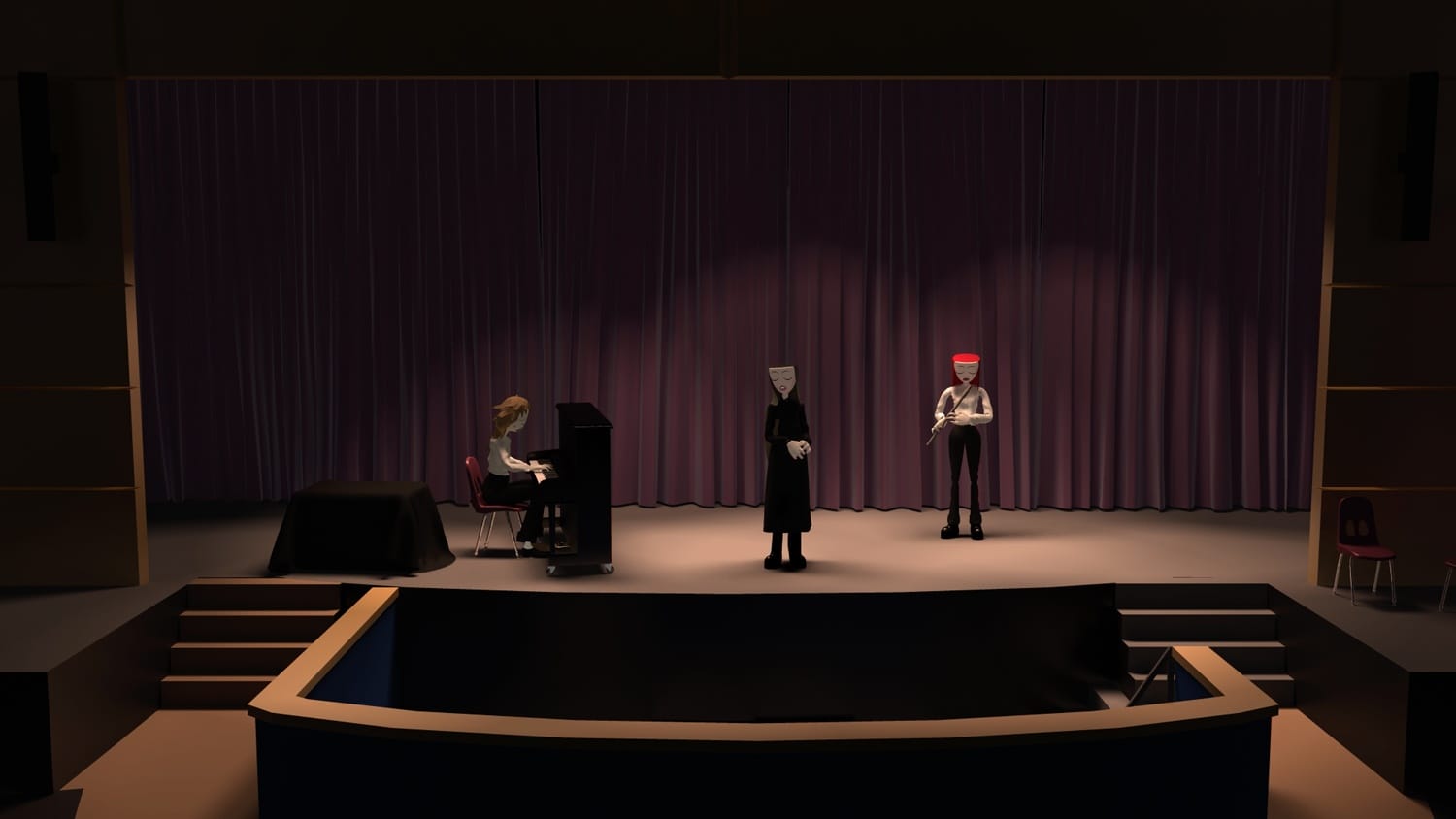
What are some of the highlight commissions?
Bunny Rogers created quietly unnerving videos that are cartoonish in their initial appeal but soon unravel the horrors of high school mass murder, and which feature performers in a public high school auditorium. Paul Pfeiffer’s large-scale performance gathers members of the Redcoat Band from the University of Georgia in a musical reenactment of a football game in its entirety, showing the band’s role as emotional soundtrack to one of America’s most popular mass rituals but also implicating the game in perpetuating racial inequality in American sport and life.
Recommended: New York’s 8th Performa Biennial Looks to the Bauhaus for Inspiration
Korakrit Arunanondchai’s sound, film, and light installation-performance connects local folklore with Thailand’s complex history of Buddhist kingship and nationalist policies, revealing the critical analytic thinking underlying the artist’s explosively sensual and brilliantly colored sculptures and videos that mix physical and “digital bodies.” All of the artists in Performa 19 present us with profoundly considered reflections on our world and our times.
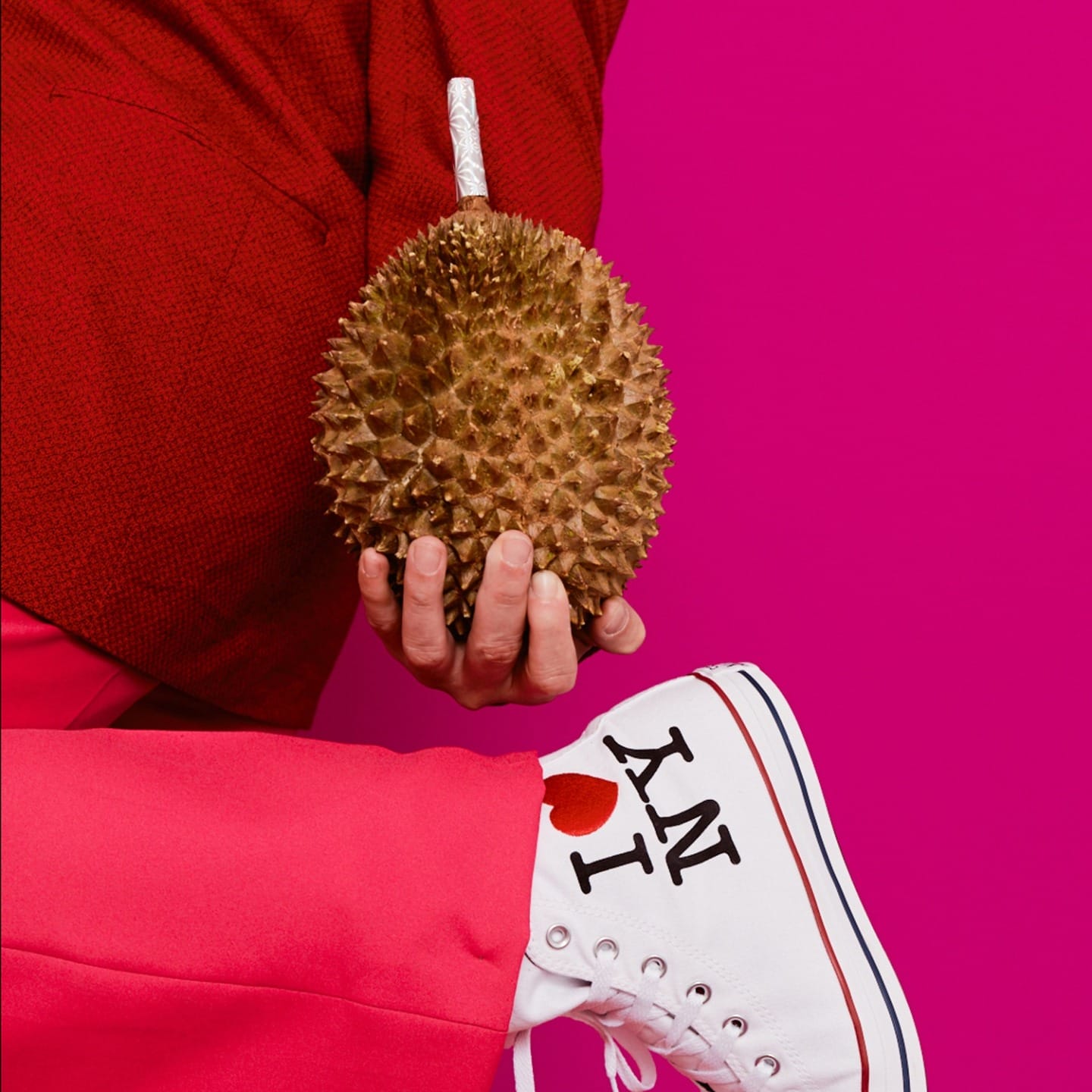
Why did you pick the Bauhaus?
Each biennial we select an earlier historic period, when performance was an important catalyst for new aesthetics and ideas. Italian Futurism, Russian Constructivism, Surrealism, Dada, even the Renaissance, have been “history anchors” for past biennials. Each anchor required the curators and Performa team to conduct extensive research. A “reader” is compiled and given to artists, curators, writers, and interested supporters; programming is organized by the Performa Institute at the Performa Hub.
While most Bauhaus exhibitions over the past decades have concentrated on the Bauhaus as a school of architecture and design, Performa underlines the critical position of Bauhaus founder Walter Gropius, on the role of performance and play, of the social as much as the polemical and pedagogical aspects of the innovative school. The Bauhaus exhibition of 1923, “Art and Technology, the New Unity,” also informs our research, at a time when “new media” of the 21st century invariably means the marriage of the two.
Indeed, many of the Performa 19 artists have incorporated concepts from the Bauhaus reader in their own research, informing the making of their new work. It also raises the question: What is the art school of the 21st century? The Bauhaus has provided the model for art schools around the world for 100 years, so we ask artists and educators, designers, ethicists, philosophers, architects, choreographers, musicians, and writers to envision the necessary preparation for generations of artists to come.
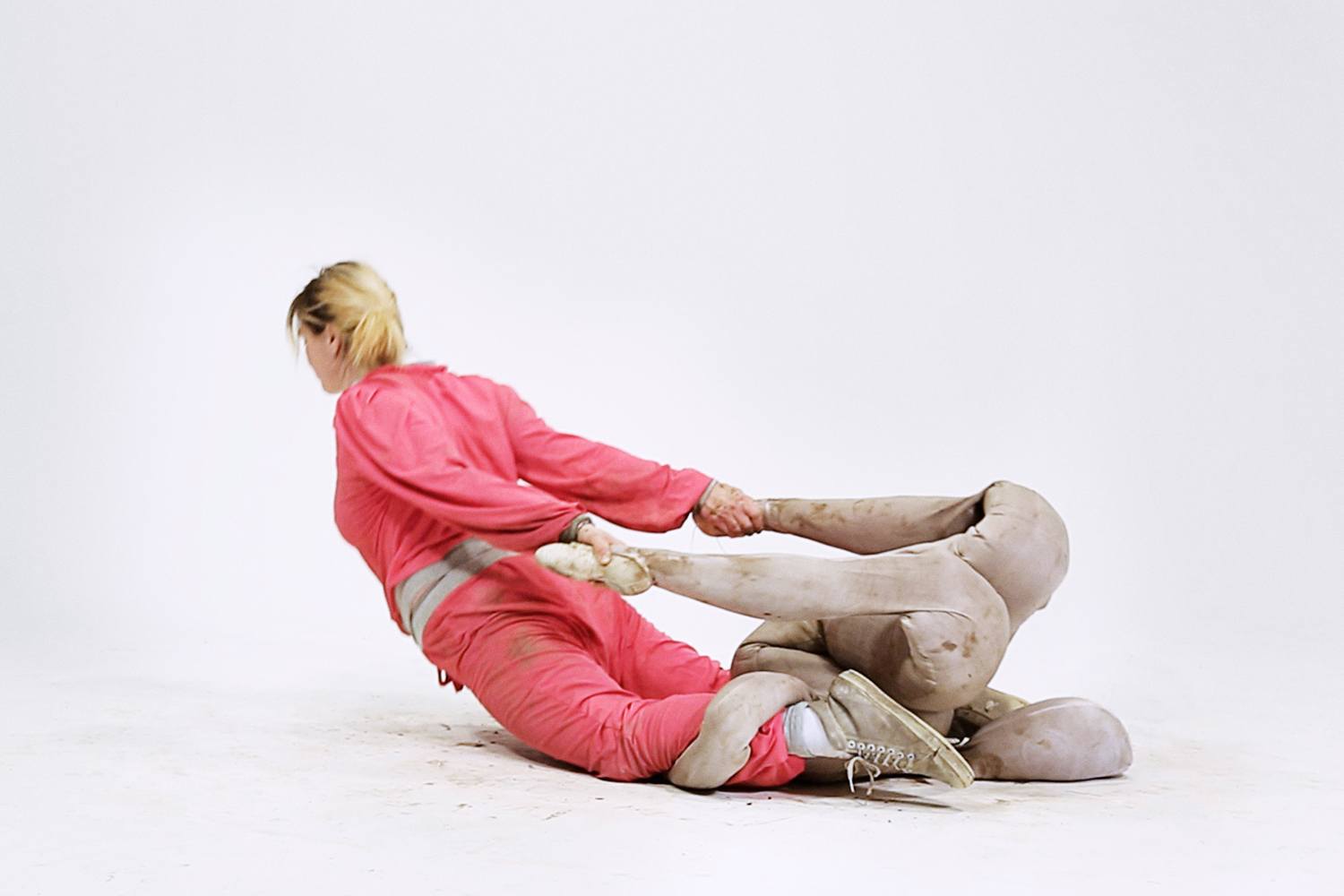
Performa 19, runs through November 24 at select venues across New York City.